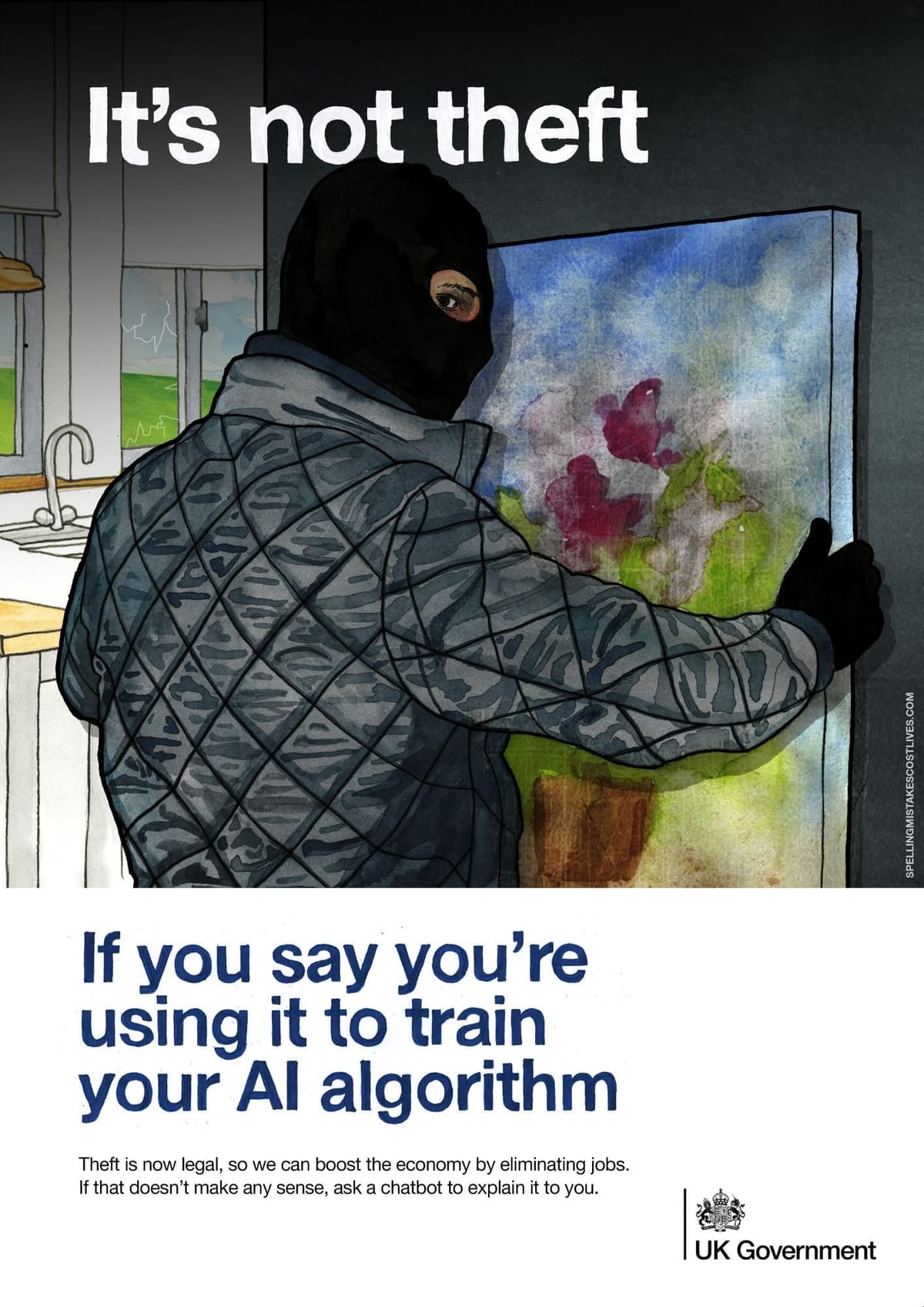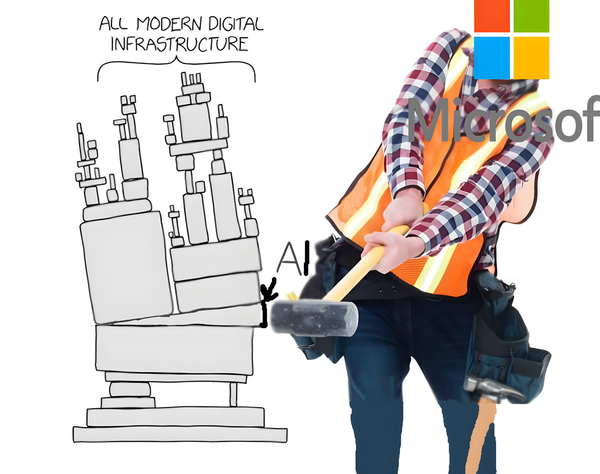The Managers' Guide #121
Decode your tech offer's "golden handcuffs," learn to manage up (without changing your boss), and lead senior engineers with confidence. Get sharp, actionable insights for modern engineering leaders on compensation, communication, and career strategy.

I don't want to chase my dreams. I want to hire a private investigator to follow my dreams around town and gather information. Then when the time is right I'll confront my dreams with what I know of it and blackmail it into giving me what I want.
Mr. Funk E. Dude
Why Your Tech Offer Looks Different Now
- 📈 Shifting Schedules — The traditional 4-year stock plan with equal 25% vesting each year is no longer the only model. Front-loaded vesting means a larger percentage of your granted equity vests in the first one or two years, offering more value upfront.
- 🏆 A Competitive Tool — In a hot job market, companies like Lyft and Pinterest use front-loaded vesting to attract and retain top talent. It’s a way to make their compensation packages stand out by providing more immediate rewards.
- 🔒 The Opposite: Back-Loading — Not all companies are moving this way. Some, like Amazon, use back-loaded vesting (e.g., 5% year 1, 15% year 2, then 40% in years 3 and 4). This strategy acts as “golden handcuffs” to strongly incentivize long-term employee retention.
- 🤔 Look Beyond the Total Value — For candidates, the key lesson is that the total 4-year equity number doesn't tell the whole story. The vesting schedule itself is critical, as it dramatically changes your year-to-year compensation and the real cost of leaving a company early.
Communication is The Job
- 🗣️ Communication Isn’t Overhead — It’s the Core Task
- For knowledge workers and especially leaders, the job isn’t just producing individual work like code or designs. The primary job is communication — writing, speaking, and facilitating — to create a shared understanding that aligns the entire team’s efforts.
- ✍️ Writing Is a Tool for Thinking
- The act of writing is not just about transmitting a finished idea to others. It’s a critical process for clarifying your own thoughts. If you can’t explain an idea clearly in writing, you probably don’t understand it well enough yourself.
- 🚀 Effective Communication is a Force Multiplier
- One person’s clear communication can scale their impact enormously. A single well-written document can inform hundreds of people, prevent thousands of hours of wasted work, and enable teams to move faster with more autonomy.
- 🤝 The Goal is “Shared Consciousness”
- The ultimate purpose of all this communication is to build a “shared consciousness” — a state where everyone on the team understands the goals, context, and priorities so deeply that they can make good decisions independently without needing constant direction.
Stop trying to change your manager
Because you don’t have the leverage to turn your manager into a different person. Here's what to do instead.
- 🧱 Changing Your Manager is a Losing Battle — The article’s core premise is that trying to fundamentally alter your manager’s personality, communication style, or core habits is a futile and frustrating endeavor. You simply don’t have the leverage.
- ♟️ Adapt Your Approach, Don't Change Theirs — Instead of fighting their nature, the more effective strategy is to manage up by observing and adapting to their world. Learn how they prefer to receive information — Slack vs. email, bullet points vs. paragraphs, problems vs. solutions — and meet them there.
- 🔑 Make it Easy for Them to Say “Yes” — The goal of adapting is to remove friction. By presenting your ideas, requests, and updates in a way that aligns with your manager’s workflow, you make it easy for them to give you the support, resources, and approvals you need.
- 🎯 Focus on What You Can Control — This approach isn't about being a sycophant; it's about being strategic. It shifts your focus from the frustrating task of changing others to the empowered task of changing your own actions to achieve your goals more effectively.
Managing engineers more experienced than you
- 🧠 Shift Your Mindset from Maker to Manager — The first step is to stop comparing your technical skills. Your job is no longer to be the best engineer on the team; it's to be the best manager for the team. Acknowledge imposter syndrome but recognize that your value now comes from enabling others, not from your own code.
- 🤝 Leverage Their Expertise, Don’t Compete with It — Instead of feeling threatened, treat their experience as your team’s greatest asset. Delegate technical leadership, trust them with architectural decisions, and openly ask for their advice. This empowers them, builds trust, and allows you to focus on your management role.
- 🛡️ Add Value by Shielding and Unblocking — Your unique contribution lies in doing the things they can’t. Act as a “shit umbrella” to protect the team from organizational chaos, remove bureaucratic obstacles, provide crucial business context for their work, and ensure they have everything they need to be productive.
- 🧭 Coach Their Career, Not Their Code — Senior engineers don't need you to review their code, but they do need career guidance. Focus on their growth by helping them find opportunities to mentor, increase their influence across the company, and navigate the path to senior roles like Staff+ engineer.
The Future of Infrastructure is Invisible
- 📈 The Inevitable March of Abstraction — The article frames “invisible infrastructure” as the next logical step in a long history of computing. Just as the cloud abstracted away physical servers, the new wave of platforms (like Vercel or PlanetScale) abstracts away the complexity of managing the cloud itself.
- 🤯 The Cloud Created Its Own Complexity — While AWS, GCP, and Azure removed the need to manage hardware, they introduced a new layer of complexity. Developers now spend too much time being “cloud experts” — configuring networking, IAM, and Kubernetes — instead of building product features.
- ✨ The Rise of the “Just Works” Platform — The future isn't about developers directly using raw cloud primitives. It's about using higher-level, opinionated platforms built on top of the cloud. These services handle all the underlying configuration, security, and scaling, providing a simple “git push to deploy” experience.
- 👩💻 Developer Experience is the New Moat — The key shift is from valuing infinite configurability to valuing speed and simplicity. The winning platforms of the future will be those that provide the best developer experience (DX), enabling engineering teams to ship products faster by hiding the immense complexity of modern infrastructure.
My new(sletter) is aliiiive! Short, sharp technical explainers delivered weekly. From protocols to AI, we make complex ideas click.
That’s all for this week’s edition
I hope you liked it, and you’ve learned something — if you did, don’t forget to give a thumbs-up, add your thoughts as comments, and share this issue with your friends and network.
See you all next week 👋
Oh, and if someone forwarded this email to you, sign up if you found it useful 👇



